A breakthrough that has been awaited for decades: the Sammezzano Castle, a masterpiece ofOrientalist architecture hidden in the Tuscan hills, has finally found new ownership. As of April 28, 2025, the imposing building located in the hamlet of Leccio, in the municipality of Reggello (Florence), has been officially assigned to the Florentine Moretti family. The acquisition, worth about 18 million euros, took place through a proposal of arrangement submitted by the company SMZ Srl. This is a historic milestone, supported also by the volunteers of the Save Sammezzano movement, who have been fighting for years for the protection and reopening of the castle.
The plans announced by the Moretti family are ambitious: not only the complete restoration of the building and the centuries-old park of almost two square kilometers that surrounds it, but also the demolition of the concrete ecomoster built a few meters from the castle. The heart of the initiative will be the creation of a museum open to the public, entirely dedicated to the history of the palace. This will be complemented by hotel and ceremonial activities, including events, weddings and exhibitions.
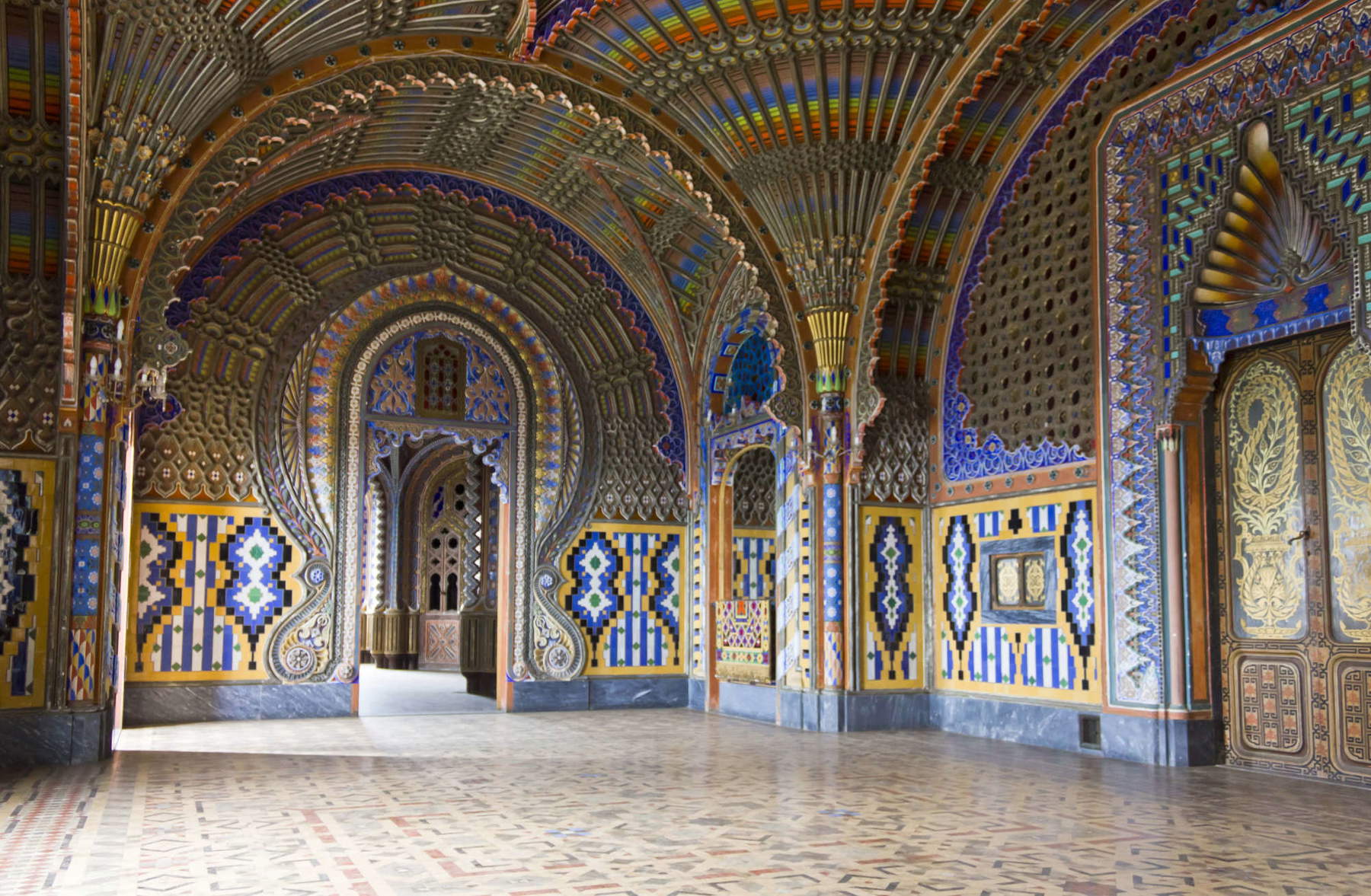
Entrepreneur Giorgio Moretti, active in the field of health care IT (his company Dedalus is the first in Europe for hospital information systems), former founder of theAngeli del Bello Foundation and former president of Quadrifoglio Alia SpA (a municipalized company for the management of environmental hygiene in the Florentine territory), had expressed interest in Sammezzano back in 2018, but the auction then fell through. It was his daughter Ginevra, in 2024, who decisively relaunched the family project, supporting her father in pursuing the purchase procedure.
“The substantial part is finished, but it has a formal tail,” Moretti explained to Ansa, however, confirming the transaction and calling it “very relevant, the big cost will be the renovation and restoration.” The formal queue he refers to is the 30 days provided for any appeals and, more importantly, the 60 days available to the state to exercise its right of first refusal, starting in mid-May. But an exercise of this right is considered highly unlikely, given the resources required and previous official responses from institutions.
“We at Save Sammezzano,” explain the committee, “have been fighting for years for the state to purchase Sammezzano, but we have always been answered (in a public way through official acts) that state agencies do not have sufficient resources for such an operation. So much so that the Moretti family is already reportedly working to restore Sammezzano, prioritizing the establishment of ’a museum on the history of the castle, open to the public.’ In fact, the Moretti family’s plans include first and foremost the restoration and recovery of both the castle, particularly the main floor, and the centuries-old park, as well as the demolition of the concrete ecomoster located a few dozen meters from the castle, the start-up of hotel activities, and the management of ceremonial and other events, such as weddings, etc.”
The rebirth of Sammezzano represents a momentous turning point for one of Italy’s most fascinating and misunderstood monuments. The building, unique in style in Europe, is a triumph of stucco, mosaics, Moorish arches and brilliant colors. Consisting of 65 uniquely and strikingly decorated rooms , the castle looks like something out of an oriental fairy tale. An atmosphere that has not surprisingly attracted filmmakers and film productions: in 2015 it was chosen by Matteo Garrone for the film The Tale of Tales.
Its history is long and complex. Formerly the site of a Roman settlement, it was transformed in the 19th century by Ferdinando Panciatichi Ximenes of Aragon into one of the greatest examples of Orientalist architecture in Europe. Since 1927 it has been protected as a property of “special public interest.” However, after the death of the last owner, the castle fell into bureaucratic limbo. Sold to a private company in 1955 and converted in the 1970s into a restaurant-hotel, it has been closed since 1990. After 1999 it had passed to a company that later went bankrupt in 2017. Since then, public auctions have followed unsuccessfully. In 2017 it seemed to be done for a company from the United Arab Emirates, but the bankruptcy court cancelled the purchase. Meanwhile, a concrete ecomoster had been built on the adjacent land that was never completed, now at the center of controversy and slated for demolition in Moretti’s plans.
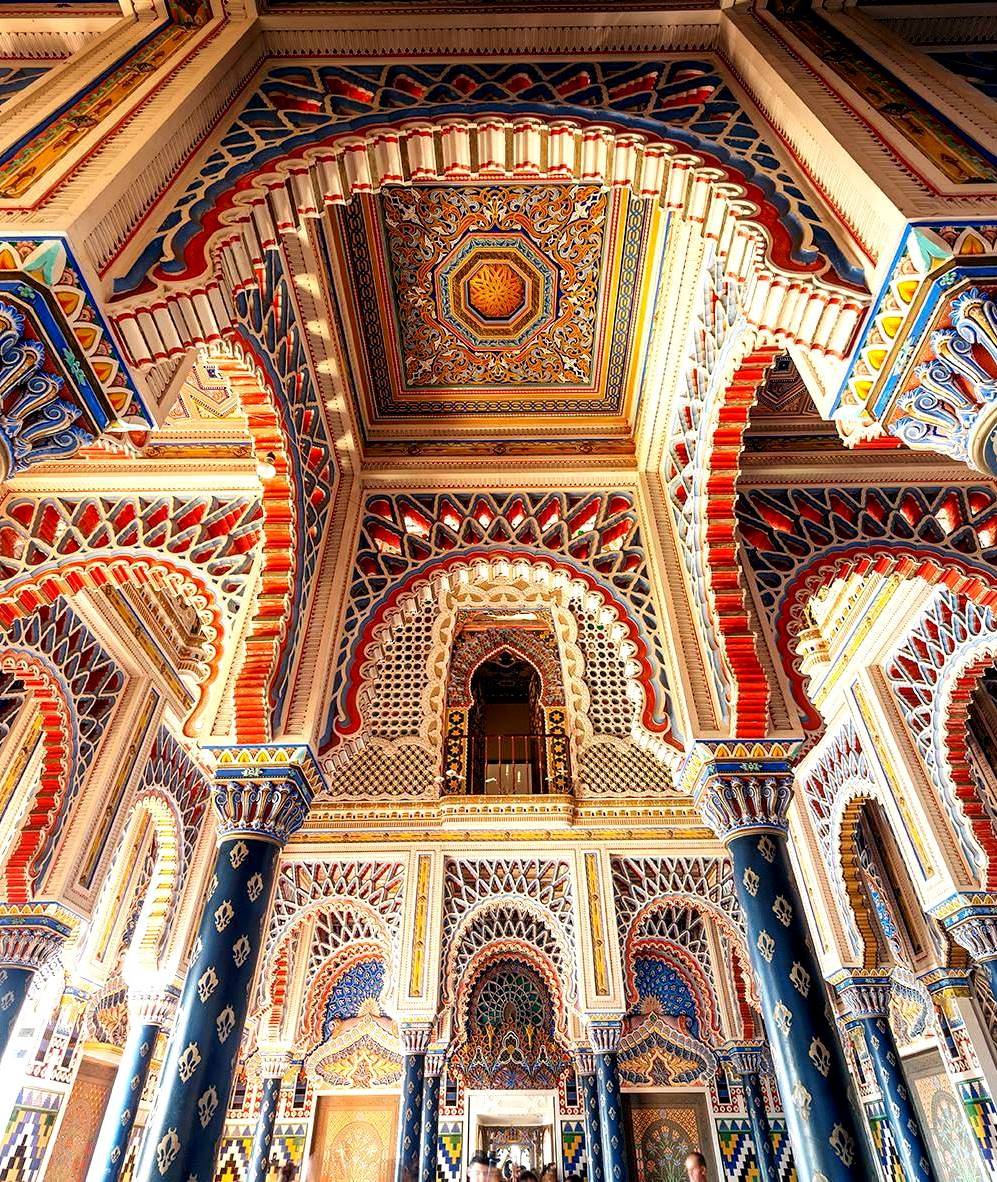
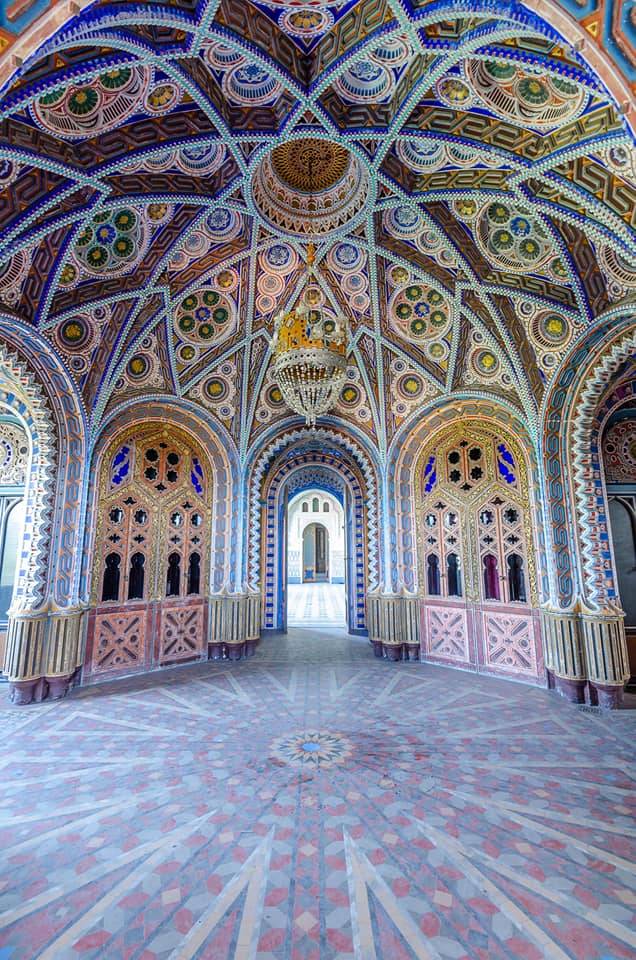
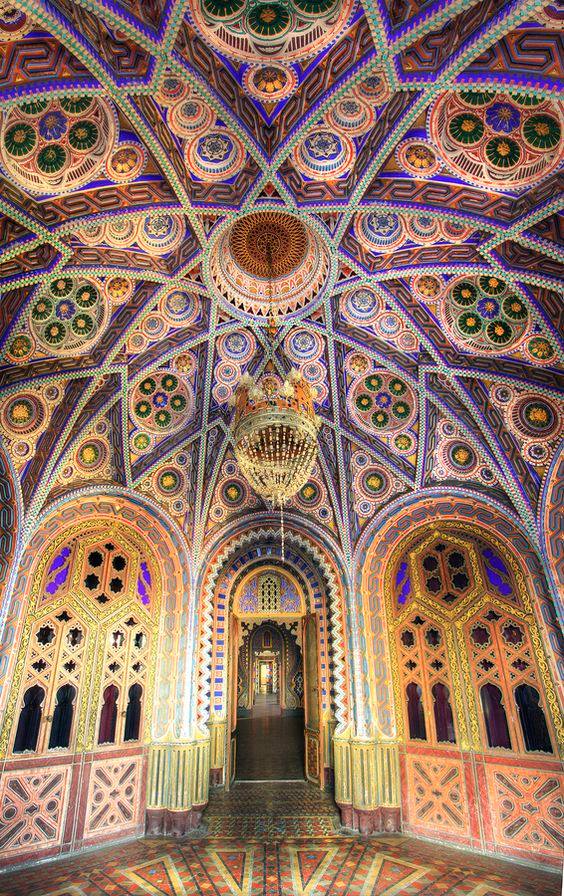
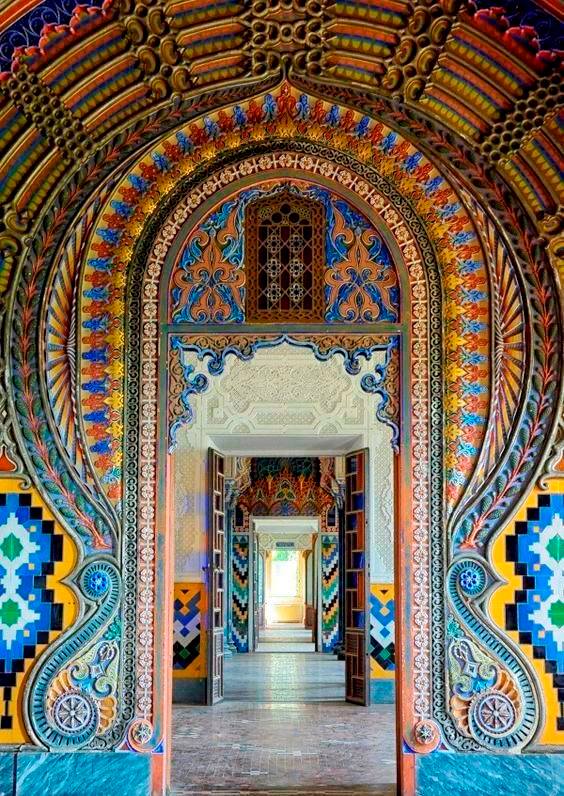
Despite everything, public interest in Sammezzano has never waned. The rare extraordinary openings, organized in collaboration with FAI, have always sold out. The Save Sammezzano committee has collected tens of thousands of signatures over the years, raising public and institutional awareness.
Now, after years of inaction, a concrete future is finally in sight. The Moretti family, already known in Florence for its commitment to urban renewal, promises a respectful and sustainable approach. Restoration will initially target the castle’s main floor and securing the structures, and then move on to rehabilitate the entire architectural complex and historic park.
The revitalization plan is not only conservative, but also cultural and economic. The establishment of the museum will ensure public access and enhancement of the history of the place, while accommodation and ceremonial activities will ensure its sustainability over time.
In a country where too often historical heritage risks disappearing under the weight of bureaucracy or speculation, the rebirth of Sammezzano is an important signal. It is the fruit of the efforts of citizens, activists and entrepreneurs who have been able to combine vision, passion and resources. Further details on the timetable for the work and how it will be opened to the public are expected in the coming days. Meanwhile, for Sammezzano, the time of abandonment seems finally over. And for those who have fought for years for this castle to come back to life, it is time to smile.
 |
| Sammezzano Castle, historic breakthrough: it will be saved by the Moretti family |
Warning: the translation into English of the original Italian article was created using automatic tools. We undertake to review all articles, but we do not guarantee the total absence of inaccuracies in the translation due to the program. You can find the original by clicking on the ITA button. If you find any mistake,please contact us.